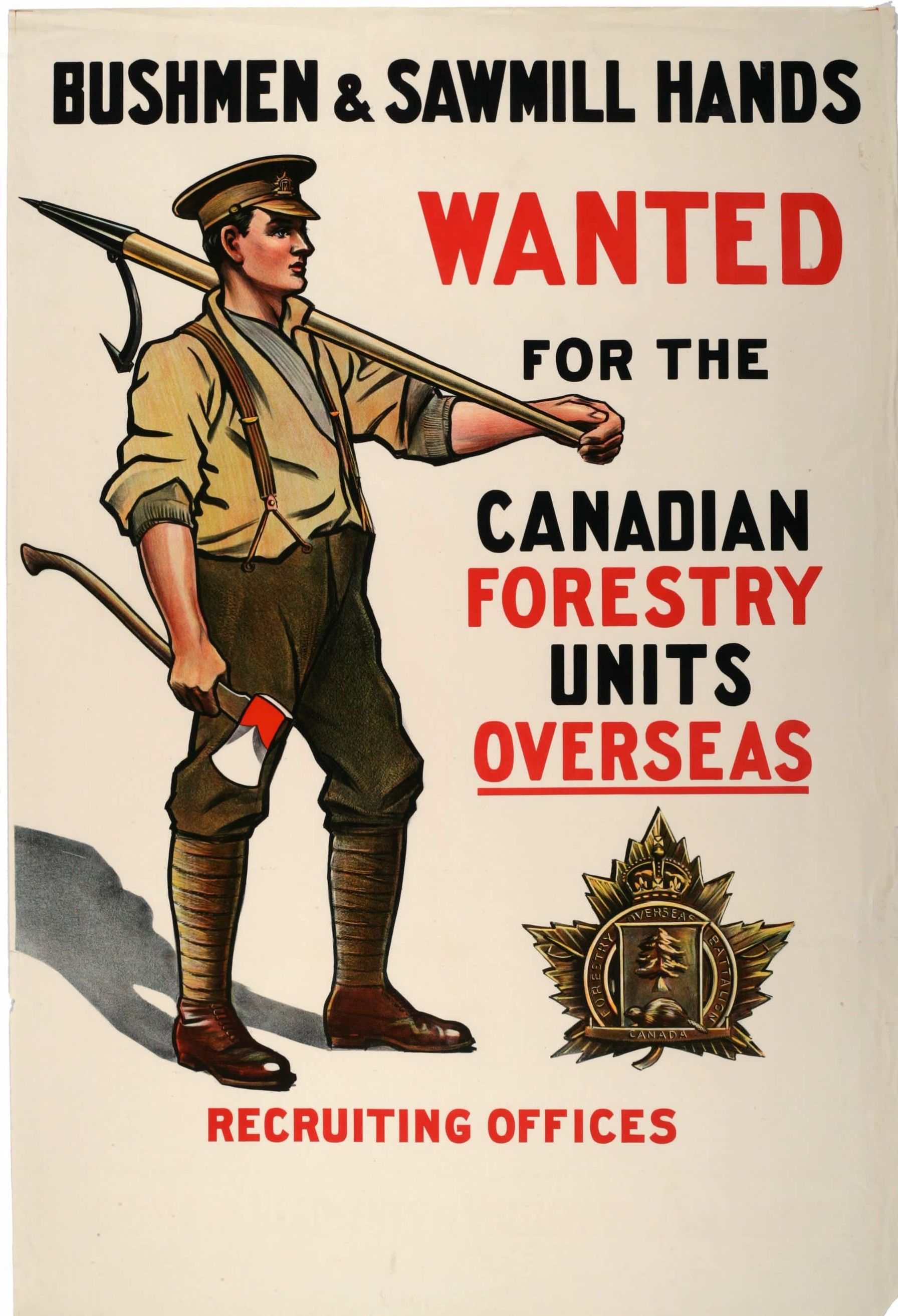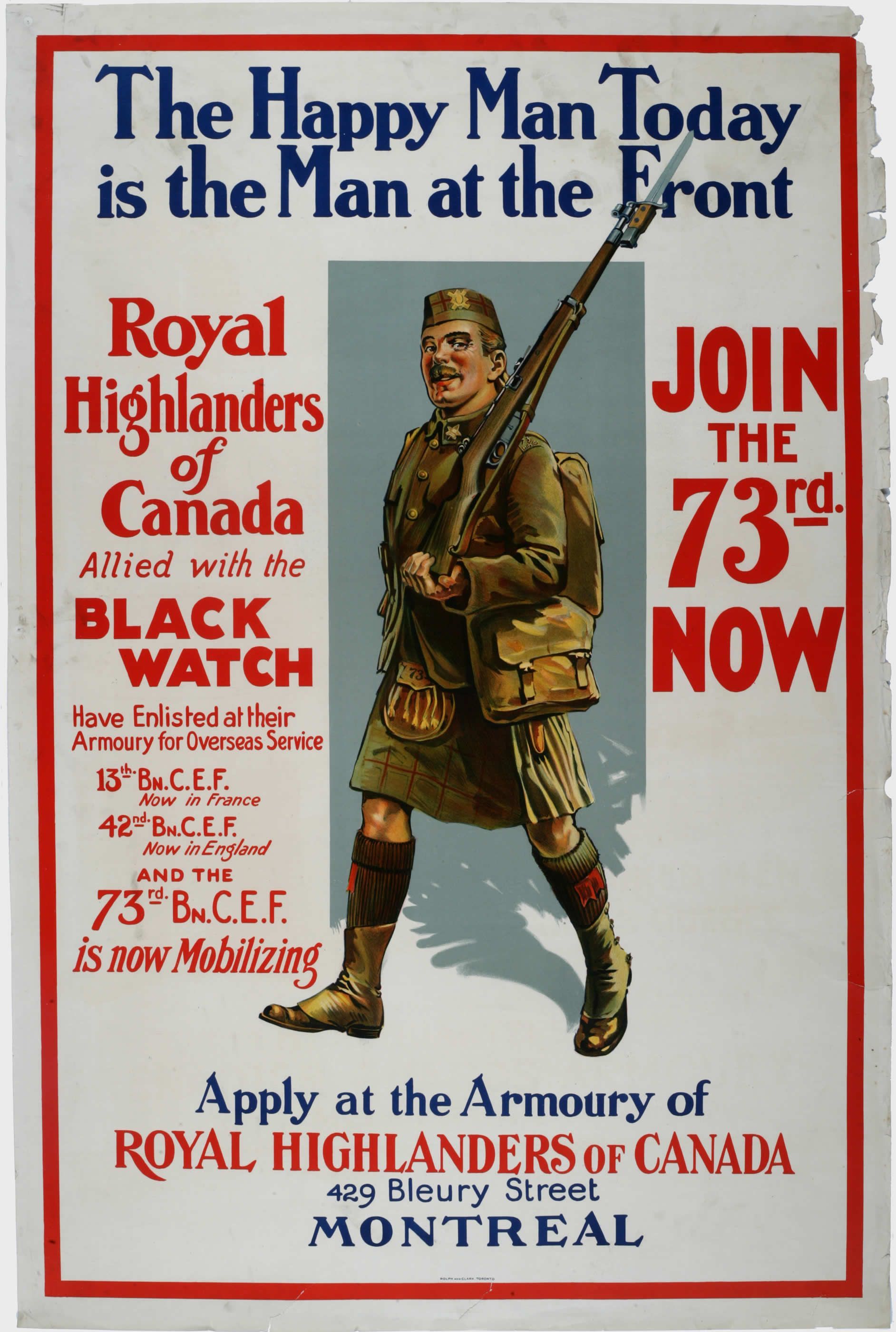the Role of Propaganda in Recruitment during wartimes
Remembrance Day, observed on November 11th in Canada, is a time to honour and remember the brave men and women who served and sacrificed for our country during times of war. This day not only commemorates those who fought in World War I and II but also recognizes all Canadian military personnel who have served in various conflicts and peacekeeping missions. As we wear our poppies and participate in ceremonies, it's essential to reflect on the hardships of wartime and the significant role that marketing played in recruiting individuals to join the effort.
A Glimpse into the Past
Wartime in Canada was a period marked by tremendous hardship, resilience, and sacrifice. Families were separated, communities rallied together, and everyone, regardless of age or gender, contributed to the war effort. Men were called to the front lines, while women took on roles in factories, hospitals, and farms, ensuring the home front remained strong.
Daily life was characterized by rationing, with essential items like sugar, butter, and meat being strictly controlled. Victory gardens sprouted in backyards as families grew their own vegetables to supplement their food supply. Air raid drills became a routine part of life, and blackout curtains were used to prevent enemy aircraft from identifying targets at night.
In the face of these challenges, the Canadian government needed to encourage enlistment and bolster support for the war effort. Marketing and propaganda played crucial roles in this endeavour, utilizing various strategies to reach and motivate the public.
Posters and Pamphlets
One of the most effective tools for recruitment was the use of posters and pamphlets. These visually striking materials were designed to evoke strong emotions and a sense of duty. Posters depicted brave soldiers, nurses, and workers, often accompanied by compelling slogans such as "Your Country Needs You!" and "Women of Canada, Say Go!" The imagery and messaging were carefully crafted to inspire pride, patriotism, and a sense of urgency.
Film and Radio
Film and radio were also powerful mediums for disseminating propaganda and recruiting messages. Newsreels shown in cinemas before movies showcased the heroism of Canadian troops and the dire need for more recruits. Radio broadcasts featured stirring speeches, patriotic songs, and testimonials from soldiers and their families, reinforcing the call to action.
Personal Appeals and Community Events
Recruitment efforts extended beyond mass media. Local recruitment offices organized community events, parades, and rallies to drum up support and encourage enlistment. Veterans and decorated officers would speak at these events, sharing their experiences and urging others to join the cause. Personal appeals were often made through letters and visits from military officials to families with eligible members, emphasizing the honor and necessity of serving.
The Impact of Marketing and Recruitment Campaigns
These recruitment campaigns were highly effective in mobilizing Canadians. By appealing to a sense of patriotism, duty, and shared sacrifice, the government successfully enlisted thousands of men and women into the armed forces and support roles. The imagery and messages used during this time have left a lasting impact, reminding us of the unity and resilience that characterized the wartime experience.
As we observe Remembrance Day, it is important to reflect on the immense hardships faced during wartime and the creative strategies used to rally the nation. The sacrifices made by those who served, and the efforts of those who supported from the home front, remind us of the strength and courage that define our nation's history.
Remembrance Day in Canada
Keep Exploring















